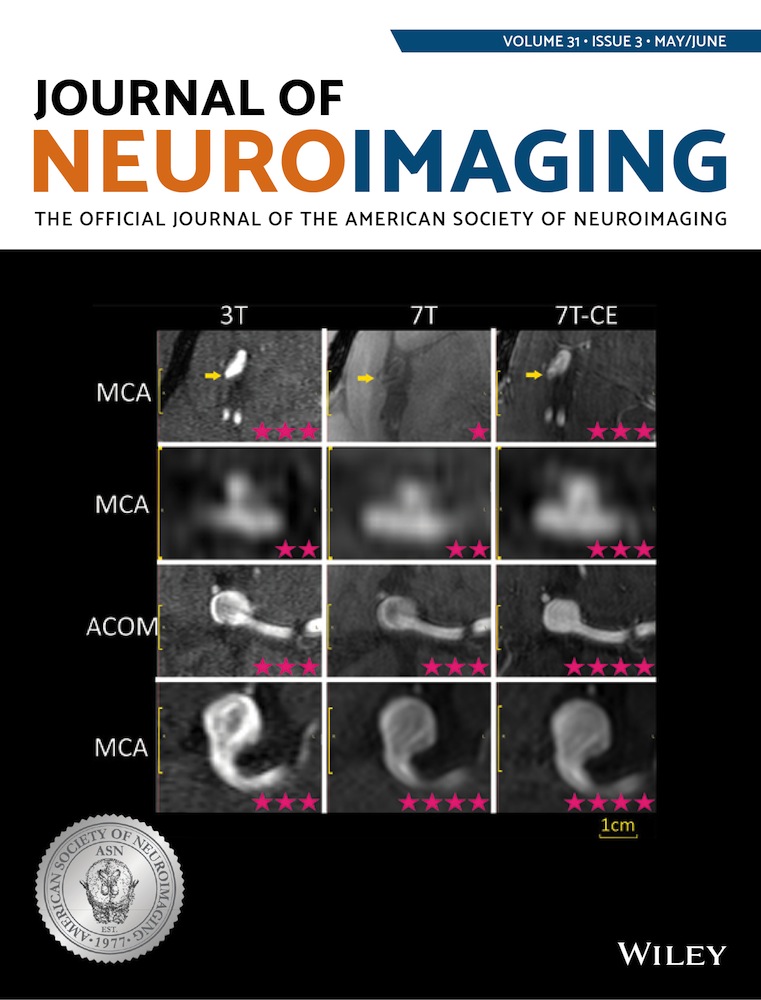Microstructural Changes in the Left Mesocorticolimbic Pathway are Associated with the Comorbid Development of Fatigue and Depression in Multiple Sclerosis
Acknowledgments and Disclosure: M.P., C.S., N.M., N.G.S., A.M.P., Y.R., A.M., J.J.L., and R.B. report no disclosures.
T.C. has received research funding from the National Multiple Sclerosis Society, Department of Defense, Octave, and Novartis. She has received personal compensation for advisory board/consulting for Genentech, Novartis, and Sanofi.
C.R.G.G. has received research funding from Sanofi, the National Multiple Sclerosis Society, and the International Progressive Multiple Sclerosis Alliance, the US Office for Naval Research, as well as travel support from Roche Pharmaceuticals; and owns stock in Roche, Novartis, GSK, Alnylam, Protalix Biotherapeutics, Arrowhead Pharmaceuticals, Cocrystal Pharma, and Sangamo Therapeutics.
This investigation was supported by a grant from the National Multiple Sclerosis Society (grant identifier RG-1501-03141).
N.M. has received funding from the National Institute of Health (grant identifiers: R01MH111917, R01MH112748, K24MH116366, and R01AG042512) while working on this study.
J.J.L. received funding from the National Institute of Health (grant identifier: MH121704 JJL).
ABSTRACT
BACKGROUND AND PURPOSE
Lower reward responsiveness has been associated with fatigue in multiple sclerosis (MS). However, association of MS-related fatigue with damage to the mesocorticolimbic reward pathway (superolateral medial forebrain bundle [slMFB]) has not been assessed. We investigated the association of fatigue and depression with slMFB damage in MS patients stratified based on longitudinal fatigue patterns.
METHODS
Patient stratification: 1. Sustained Fatigue (SF): latest two Modified Fatigue Impact Scale (MFIS) ≥ 38 (n = 26); 2. Reversible Fatigue (RF): latest MFIS < 38, and at least one previous MFIS ≥ 38 (n = 25); 3. Never Fatigued (NF): ≥ 5 consecutive MFIS < 38 (n = 42); 4. Healthy Controls (n = 6). Diffusion MRI-derived measures of fractional anisotropy (FA), axial (AD), mean (MD), and radial diffusivity (RD) of the slMFB were compared between the groups. Depression was assessed using the Center for Epidemiologic Studies-Depression Scale (CES-D).
RESULTS
Depressed (CES-D ≥ 16) SF patients showed significantly higher MD and RD than nondepressed SF and RF, and depressed RF patients, and significantly lower FA than nondepressed SF and depressed RF patients in their left slMFB. Depressed SF patients showed significantly higher left slMFB MD and AD than healthy controls.
CONCLUSION
Microstructural changes to the left slMFB may play a role in the comorbid development of fatigue and depression in MS.




